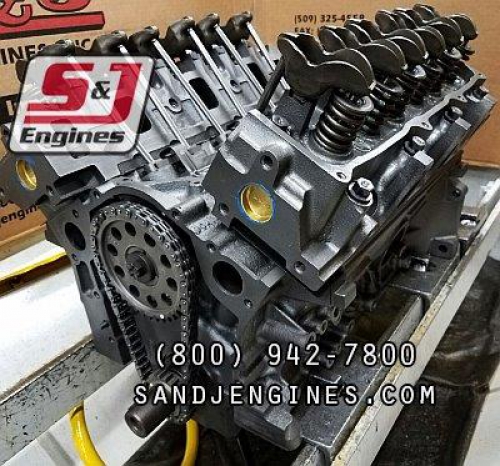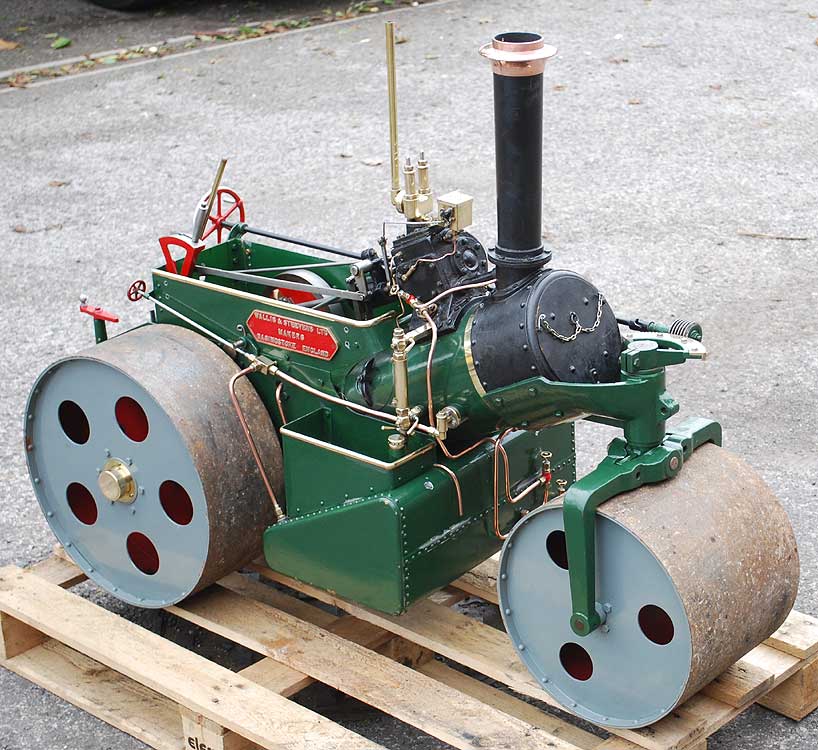


Therefore an engine having cylinders either placed "In Line" to the frame of the bike or a transversely placed twin cylinder engine with pistons moving alternately is known as "Inline Twin Cylinder" engine.īoth kind of configurations are differentiated from the angle of crankshaft which is responsible for moving pistons through camshafts.

The other reason for vibrations is the irregular firing pulse on 180 degree crankshaft.ĭifferentiation on basis of Crankshaft Angle:Ī parallel twin engine in which the pistons are moving up and down together is definitely a Parallel twin engine but if same set of transversely placed twin cylinder engine's pistons are moving in opposite direction to each other unlikely to the parallel movement of the pistons they are also known as "Inline Twin" engine opposite to the parallel twin engines. The straight twin engines are more cost effective but there is a major disadvantage is associated with them and that is the "Vibrations", the parallel twin or inline twin engines are tend to vibrate more because of torsional torque applied between the pistons moving in opposite direction and large reciprocating mass in case of 360 degree crankshaft in Parallel twin. The inline or Parallel twin engine is comparatively more simpler than V-twin or Flat-twin engines, they are easy to manufacture and repair. But putting up the cylinders transversely is not the actual definition of the Parallel twin engine, actually in a transverse twin engine if the pistons move together up and down, in other words if they move simultaneously parallel to each other, that sort of set up is called "Parallel Twin" engine.Īdvantages & Disadvantages of Straight Twin engines: In a parallel twin cylinder engine the cylinders are placed transversely with the frame, which is a common setup for a straight twin engine. Normally this kind of cylinder configuration used to exists in early models of motorcycles. Ideally the Inline Twin engine is placed "In Line" with the frame of the bike, that simply means one cylinder is kept with face on and the other one is kept behind it. If we take "Straight-Twin" as common for both Inline and Parallel twin engines, it would be easy to differentiate between the two. Theoretically, the straight twin or straight two or vertical twin or Parallel twin or inline twin engines are referred to engines having two cylinders placed side by side having two pistons connected with single Crankshaft. In fact both of them should be put under a broader engine category- Straight Twin engine. The Inline Twin or Parallel Twin cylinder engine is often referred as synonymous but there is fundamental difference between the two.


 0 kommentar(er)
0 kommentar(er)
